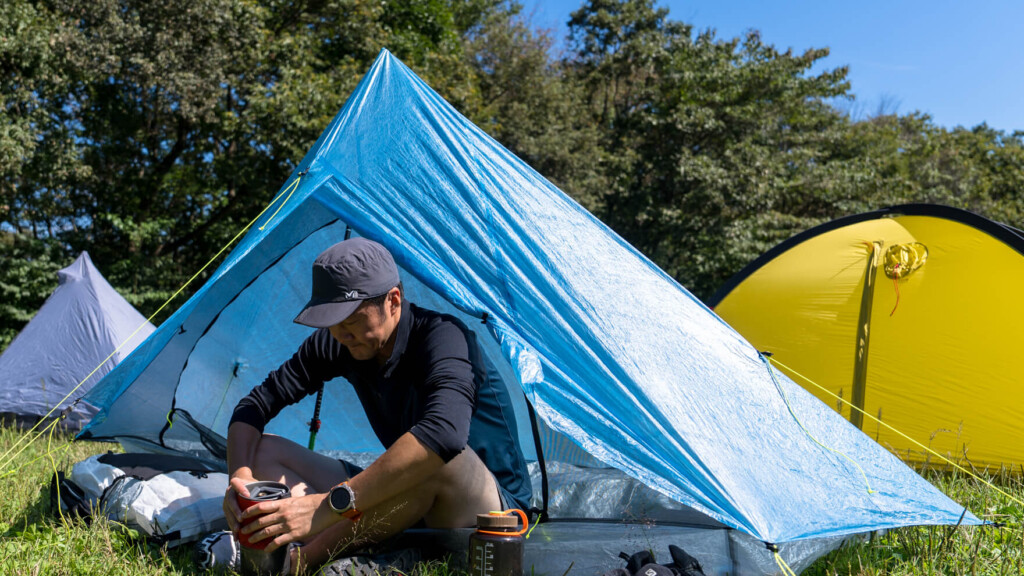
[2023 Edition] The most important piece for fast packing in tents. The best models for lightweight tents and shelters, and tips for choosing one that won't regret
I've started discord
Knowing about lightweight shelters will greatly expand your activities
People take off their boots they've walked to the point of becoming exhausted, and finally sneak into the tent, where they want to be as safe and comfortable as possible. This makes this tent spacious and comfortable, spacious and sturdy, and will not sway in any bad weather, making it the most reliable in the tough field.
But I waited a minute. If you've had a fair amount of experience staying in a tent and have gained enough experience to get through some unfortunate incidents, why not stop here and think about it again? I wonder if that mountain hike really needs a very fulfilling home.
While a tent with ample weather resistance and comfort is certainly safe, it is also true that it can be heavy and bulky depending on its sturdyness. Isn't that "excessive sense of security" often even sacrificed to enjoy walking?
Tents are one of the heaviest gear out of all the equipment, and are the most important pieces for completing styles such as ultralight and fast packing. If the weight of the tent was reduced significantly, it could lead to a deeper, deeper miracle of Wilderness that we had never reached before. Lightweight shelters are attractive camping items that will expand your mountain hiking possibilities if you have solid preparations and stable weather conditions.
In short, a lightweight shelter is a tent that has the strength and durability of ordinary mountain tents to the minimum necessary, but instead of reducing the strength and durability against bad weather, it has a feather-like lightness and comfort. In fact, there is no clear boundary between a "general mountain tent" and a "lightweight shelter," so the first image is to consider it as a "very light tent, just like a 500ml plastic bottle." While being light enough, it provides a more reliable space that is more resistant to rain and wind than flat tarps and hammocks, so it is positioned as a middle ground between traditional mountain tents and tarps and hammocks.
These lightweight tents have suddenly become popular in recent years, and the number of highly functional and attractive models has increased, making it easier for anyone to easily work on reducing the weight of their tents. So this time, we've tried out such lightweight shelters over the past few years and decided to choose the best models that you think are "this." In the second half, as usual, we will also summarize some points you won't regret if you check out the ultra-lightweight shelter, taking into account your previous experiences. We hope this will help you choose this item, which is difficult to try before purchasing, without making any mistakes.
table of contents
- [By category] Recommended lightweight tents and shelters this season
- How to choose: 5 tips to choose a lightweight shelter wisely
- Introduction
- Point 1: Structure - Understanding the types of lightweight shelters -
- Point 2: Size: Benefits of using two people solo
- Point 3: Weight - Think about its weight per width
- Point 4: Materials and fabrics that are perfect for your tent
- Point 5: Small points to keep in mind when using lightweight tents and shelters
- summary
[By category] Recommended lightweight tents and shelters this season
Best Hiking (General) category: Zpacks Plex Solo Tent / Gossamer Gear The One
Zpacks Plex Solo Tent (Duplex Tent for 2 people)
Favorite points
- Ultra lightweight
- Spacious living space
- Very waterproof and weather resistant and durable with DCF fabric
Among the trekking pole shelters with a good balance between lightness and comfort, this Zpacks Plex Solo Tent (Duplex Tent for two people) is the most impressive overall strength, with a lightweight yet durable construction that is highly perfect. In addition to being waterproof, strong and ultra-lightweight, it is fully made of DCF fabric that does not sagging even when wet (for this reason, it is also a premium price), and the steep walls allow strong winds and snow to escape, making them weather-resistant (for this reason, the trekking pole must be 130cm long). Plus, it has all the comforts of traditional tents, including a deep bathtub-like floor, insect-proof and ventilation mesh, entrances and interior storage pockets.
Because it is DCF fabric, it is not a problem even if there is no footprint. Apart from the long trekking poles, the DCF fabric is light but difficult to make it compact, and the high price is almost perfect. As expected from North American through-hikers, it has long maintained its top-class popularity. As someone who likes fast and light adventures such as speed hiking and stream climbing, this is the best one I've ever encountered.
Depending on your preference, whether you're solo or a duplex Duplex Tent, it's still a light and perfect choice ( see review here ).
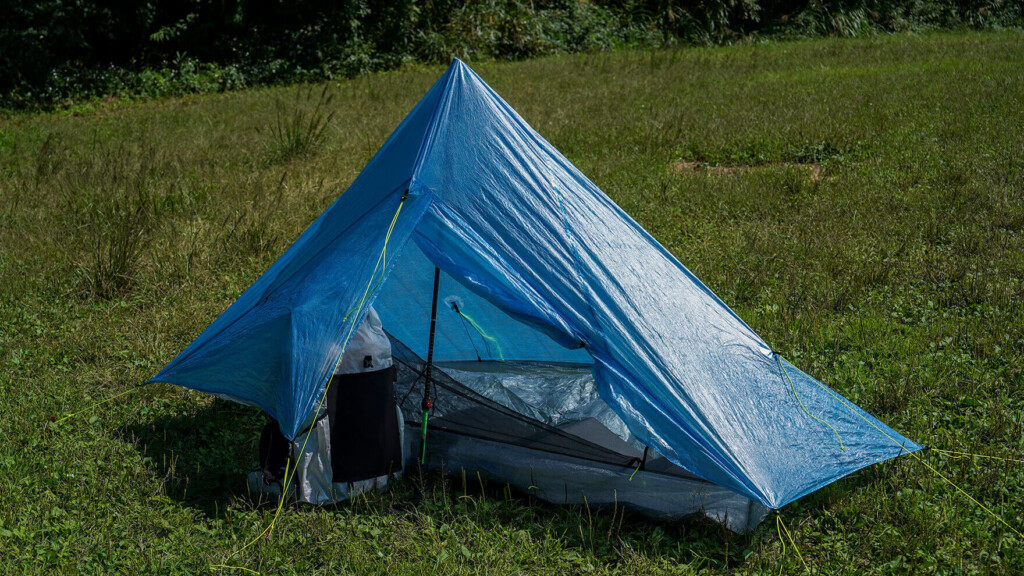
Gossamer Gear The One (Two for 2 people)
Favorite points
- Ultra lightweight and compact
- Spacious and comfortable overhead space
- The front room is spacious enough
The One is an ultra-lightweight, non-independent trekking pole shelter that has been developed by Gossamer Gear, a garage manufacturer that boasts a huge trust in backpacks. It has quickly captured the hearts of UL hikers and experts, and has also won many awards in recent years.
The most appeal of this model is its high comfort for living. First, the space is spacious from the shoulders to the top of your head. The use of two poles provides ample shoulder space, which is often lacking in a solo shelter, and despite this ultra-lightweight, you will want to cried out in joy at the feeling of a "normal comfortable tent." Furthermore, the vestibule is quite luxurious, and the mesh fabric placed at key points ensures breathability, making it very comfortable to stay in the comfort of the weather.
The material is basically lightweight ripstop nylon, but it is made of fabric with the "SIL/PU coating" that has been increasing in recent years. In short, this is thin and durable like sil nylon, but the lining can be applied with seam tape like PU coating (no need to do the hassle of seam sealing yourself), making it a perfect combination of silicone processing and polyurethane coating. What's more, the prices are all good things not too expensive. However, it is still inferior to DCF in terms of durability, so it is best to consider a footprint as a must. Moreover, it is prone to sagging in rainy weather, so it is vulnerable to severe bad weather. In fact, the manufacturer also makes "DCF One" which has the same structure but uses DCF fabric, so I would definitely like to go for it, but it is so popular that it is always out of stock in its home country.
In any case, this highly-finished lightweight shelter, which comes with lightness, good construction that is comfortable to live in, and Guyline pegs, yet has a low price, and all the features that could become the mainstream of a lightweight shelter, making it a great model that can be used for a long time by anyone just starting to stay in a lightweight tent.
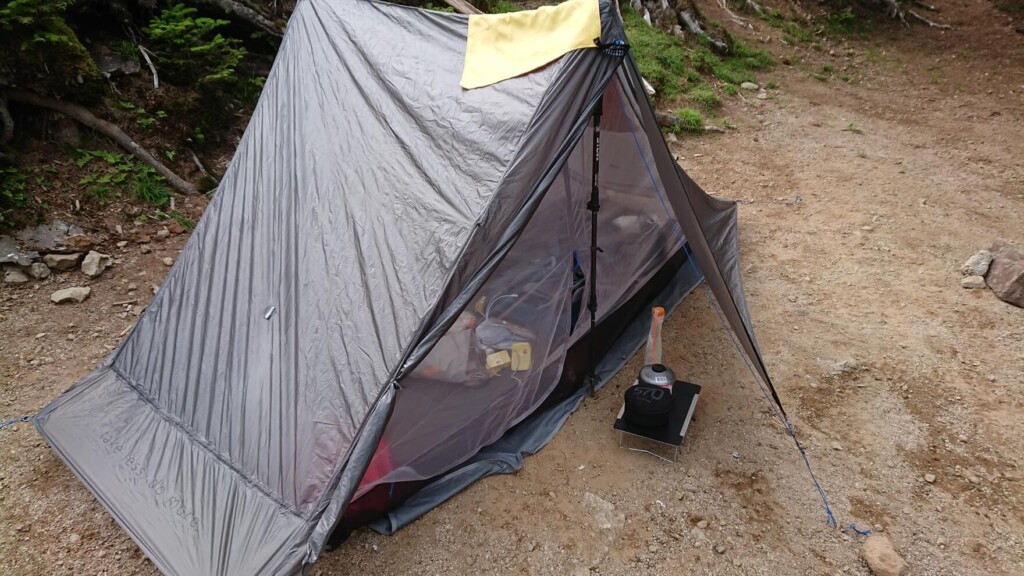
Best Beginners category: Six Moon Designs Lunar Solo
Favorite points
- Both the floor and front room are spacious and spacious for a solo model
- Excellent breathability (ventilation)
- High cost performance
The founder is a two-time through-hiker (Appalachian Trail and Pacific Crest Trail), and has been building ultralight tents for nearly 20 years, and is one of the central brands of the American UL world, and has been walking the heart of ultralight culture. This Luna Solo is a typical model.
Not only is it easy to set up, it can be set up by simply hitting a trekking pole and peg, but it also has a lightweight and luxurious floor area that is one of the exquisite charms of this tent (it's for one person, but if you just sleep, you can only reach up to two people). Furthermore, in response to condensation, which is a shelter's problem, the floor is surrounded by 360° mesh fabric and ventilation holes for warming are also located at the top, so efficient ventilation is always provided from all directions, making it difficult to condense, making this an exquisite piece of work.
Another attractive feature is the 20 denier silicon-coated polyester fabric (commonly known as Silpoly), which was adopted from the 2020 version. Unlike previous Sil nylon, it does not stretch even if it contains water, so once it is tightly tight, it does not sagg and will ensure high weather resistance and livability even if it gets wet with condensation or rain at night. The floor is made of thick 40D fabric, so there is a high possibility that it can withstand even if the footprint is barely in place (though it's not a relief).
It is a bit heavy in terms of weight, but it still has a good balance of breadth, weight and durability, making it the most beginner-friendly tent.

Best Newtype Division: DURSTON X-Mid 1
Favorite points
- Easy setup
- Comfortable living including the spacious headroom and the vestibule
- Remove the innerwear and make it a spacious floorless shelter
- Made of lightweight, durable, resistant to sagging, easy to use, and low-priced Sil/PU polyester.
The emerging garage brand DURSTON was born to pour his passion into gear development by the founder, a hardcore through-hiker and UL fan, who has been hiker for over 20 years and has posted thousands of articles on one of the largest social bulletin boards in the United States and online communities specializing in ultralight. Although it is said that they were emerging, they created their own tents using DCF in 2009, when no one had looked at DCF materials yet, so their knowledge and technical capabilities are incomparable to specialized manufacturers.
When Durston released it in 2019, a storm of praise from noisy UL hikers caused, and the X-Mid is the lightweight shelter that is currently pursuing the popular highway. This innovative shelter, packed with minimalist design, high quality materials, light weight, high functionality and weatherability, and, to be happy, at affordable prices (at local prices), requires purchasing directly from the home site as there is no agency in Japan yet, but it is definitely a model that will not be missed by any cutting-edge mountain tool lover.
There are a lot of innovative aspects of this shelter, but to focus on the main points, first of all, despite being a trekking pole shelter, the weather is sufficiently weather-resistant, thanks to the double wall structure of the inner tent and fly, as well as the rapid-gray wall structure that is resistant to bad weather, including snow. The beautifully calculated geometric shape you've never seen before will really tickle your tool lover's heart.
Another interesting thing is the Sil/PU polyester fabric used in this tent. The fabric, which is made with low sagging polyester material and is processed to take advantage of both silicone and PU coating, is a cutting edge material that is even ahead of the trends of Silpoly, which is currently moving from Silpoly to sil nylon.
Setup is easier than you could imagine with just four pegs and two poles that can be set from the outside. Moreover, the inner tent and fly can be connected, so it can be set up together or set up with just the fly. Furthermore, the two poles allow for a wider space on the upper space, and even for one person, there is a vestibule and entrance on both sides of the long side, so despite the minimum size, it can be used in a spacious and spacious way, making it look and actually, so there is no compromise on livability. If I had to consider only one thing, it would be a weight that is by no means a light weight shelter.
However, while still light in the light shelter, this tent is sure to be an innovative fixture that clearly shows why many hikers accept it with surprise and praise.
*The official introduction video below is the first generation, and the second generation is now on sale, with a slightly tuned version.
Best Independent Division: Heritage Crossover Dome <2G> / Arai Tent SL Dome
Heritage Crossover Dome <2G>
Favorite points
- Self-supporting type that can be set up anywhere
- Amazingly lightweight and compact for a self-supporting shelter
- Although it is a single wall, it uses highly waterproof and breathable materials to prevent condensation.
This is Japan's leading tent brand, attracting the Espers brand, which has been carrying the Japanese mountaineering boom since the period of high economic growth. In recent years, lightweight shelters have been actively deploying, and among them, the Crossover Dome series is a model that combines aggressive lightness, livability, and weather resistance.
Above all, whether it's a rocky area with a hard ground, a ridge with no standing trees, or a tent area with a small space, the simplicity of setting up is just by inserting two poles into the sleeve without thinking about anything. One of the insertion slots is sewn, so it can be easily set up by one person, and am I the only one who feels secure in the kamaboko shape that is familiar to Japanese people? The vestibule and guy lines are available separately, so you can tune them to your liking.
The 10D Japanese-made nylon lip material is extremely thin and light, and has a high-spec structure with a water pressure of 1,230mm and a breathability of 367g/square m/h. The floor is the same fabric, so I would really like the footprint, but even so, it can be said that it is so light that it is so light that it is so good (540g for solo use).
However, since it is highly airtight and weather-resistant, it cannot be denied that the living space is cramped and condensation is likely. For this reason, except for those who pursue lightness, I personally recommend the normal model on the long side, rather than the "f" model, which has the entrance on the short side and is extremely lighter.
The tents we have introduced so far were rather suitable for hiking on relatively calm, long trails, not at high altitudes, but this shelter can be carried with ease not only on such trails, but also on routes with steep, rocky ridges like the Japanese Alps, making it a perfect model for fast and lighters across Japan.
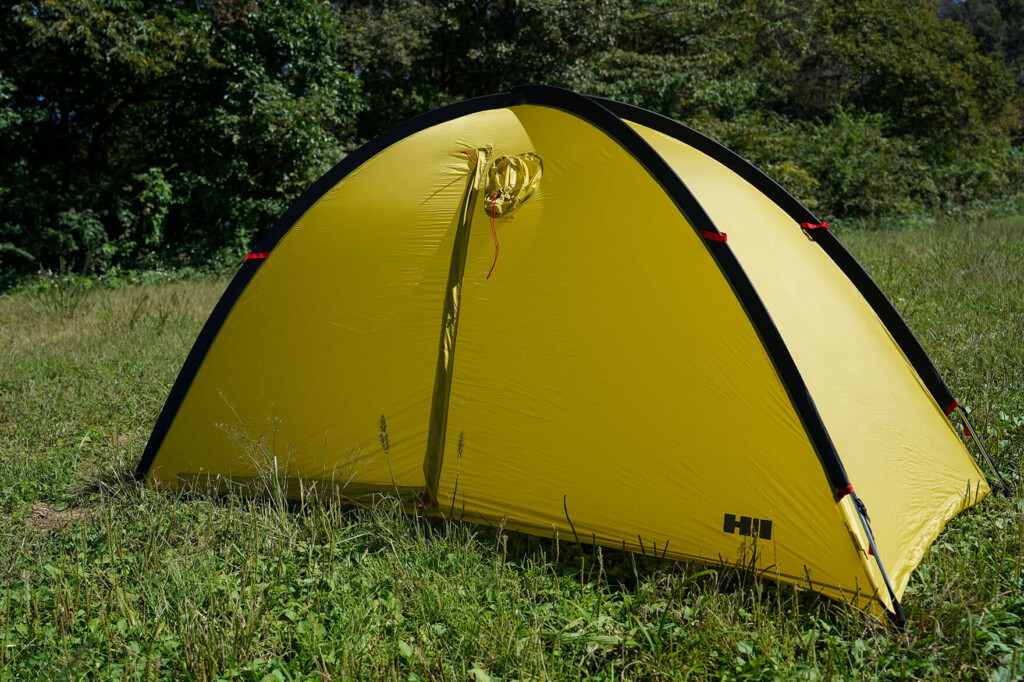
Arai Tent SL Dome
Favorite points
- Amazingly lightweight and compact for two people
- Lightweight yet tough enough
- Ease of use as usual
*Strictly speaking, this model falls into the category of "lightweight tents" due to its double-wall construction, but it is an excellent, self-supporting model that is comparable to a shelter.
When I picked it up, I couldn't help but smile at the light weight of less than 1kg, which was apparently achieved after a thorough review of the material level (including the main body, fly and pole). Plus, it's surprisingly compact when folded, so depending on how you do it, it won't be difficult to stay in a tent with a 30L backpack. It is recommended to use the standard dedicated undersheet for this model. Although there are pros and cons, the freedom to choose and choose according to the situation is highly appreciated, at least for me. It is also impressive that while achieving this lightness, it has achieved a high level of performance requirements for mountain tents, including the water resistance of the fabric and the durability of the material. I also checked for some condensation that bothered me, but after one night, water droplets had just been stuck to the top of the fly sheet, and the inner layer looked smooth and casual.
The manufacturer says it took many years to arrive at this high-quality domestic fabric, and it took many trial and error. On the other hand, compared to traditional mountain tents, it does not sacrifice usability, maintaining minimal comfort and ease of use, and it is also important to keep an eye on the attitude that never rejects beginners. Even if lightness is the number one priority, our firm philosophy for manufacturing is still alive and well, with no sacrificing ease of use or quality. The introduction of the SL Dome, which not only is lightweight and compact, but also combines domestic reliability and a commitment to ease of use, will surely be good news for many outdoor enthusiasts who want to combine toughness and lightness, from fast and light climbing to long-term stream climbs.
Best Floorless Division: LITE WAY PYRAOMM SOLO
Favorite points
- It weighs only 360g
- Easy to use structure that combines comfort and ease of standing
- Highly versatile, capable of being used as a tarp or a shelter
- High-performance material with durability and low sagging
LITE WAY, a new garage brand founded in Ukraine in 2019, is not only that all products are carefully handmade and made, but the secret to its indescribable sexiness lies in its high functionality beauty, which pursues lightweight, simple yet lean and smart ease of use, as its founder, who is also a through-hiker, has come to an end after trial and error.
This simple pyramid-shaped shelter has a floorless design that eliminates waste to the limit, making it a lighter model with a large base area of 3.3 square meters, making it an extremely light model. However, the walls are quite low on the edge, so the actual space for activities is not that large, but it is still more than enough for a single person to spend time alone.
The base model uses 20D ripstopsil poly as the material, making it thin and durable, yet water-repellent and has a strong tension that does not sag even when wet (and you can also choose the lightweight, highly durable Dyneema model). The easy-to-build construction is also excellent, as it can be built with at least four pegs if you build it with a focus on one trekking pole, and is easy to build with no waste (an extra 4 to 6 pegs is required to build it firmly). Furthermore, if you want to make your living space more comfortable, you can spread a longer pole on the A-shaped pole, and it has a smart design that allows you to choose the comfort and ease of construction depending on the situation. The gap between the ground and the ground can also be adjusted, so if you improve ventilation, you will hardly notice condensation, or, conversely, it can be attached perfectly to the ground and made into a highly sealable tent. In addition, a bathtub floor and mesh inner layer with a bugnet can be provided as an option, so if you combine this, you can create a comfortable lightweight tent with floor and mesh.
In addition to being smart enough to enjoy a minimalist, ultra-lightweight style or use options to set up a comfortable space, this extremely sophisticated shelter combines simple and beautiful designs that will make you love the more you use it, making it ideal for fast packing and hiking in low mountains from spring cheer to early autumn. Once you've become accustomed to this lightness, it may be difficult to return to normal.
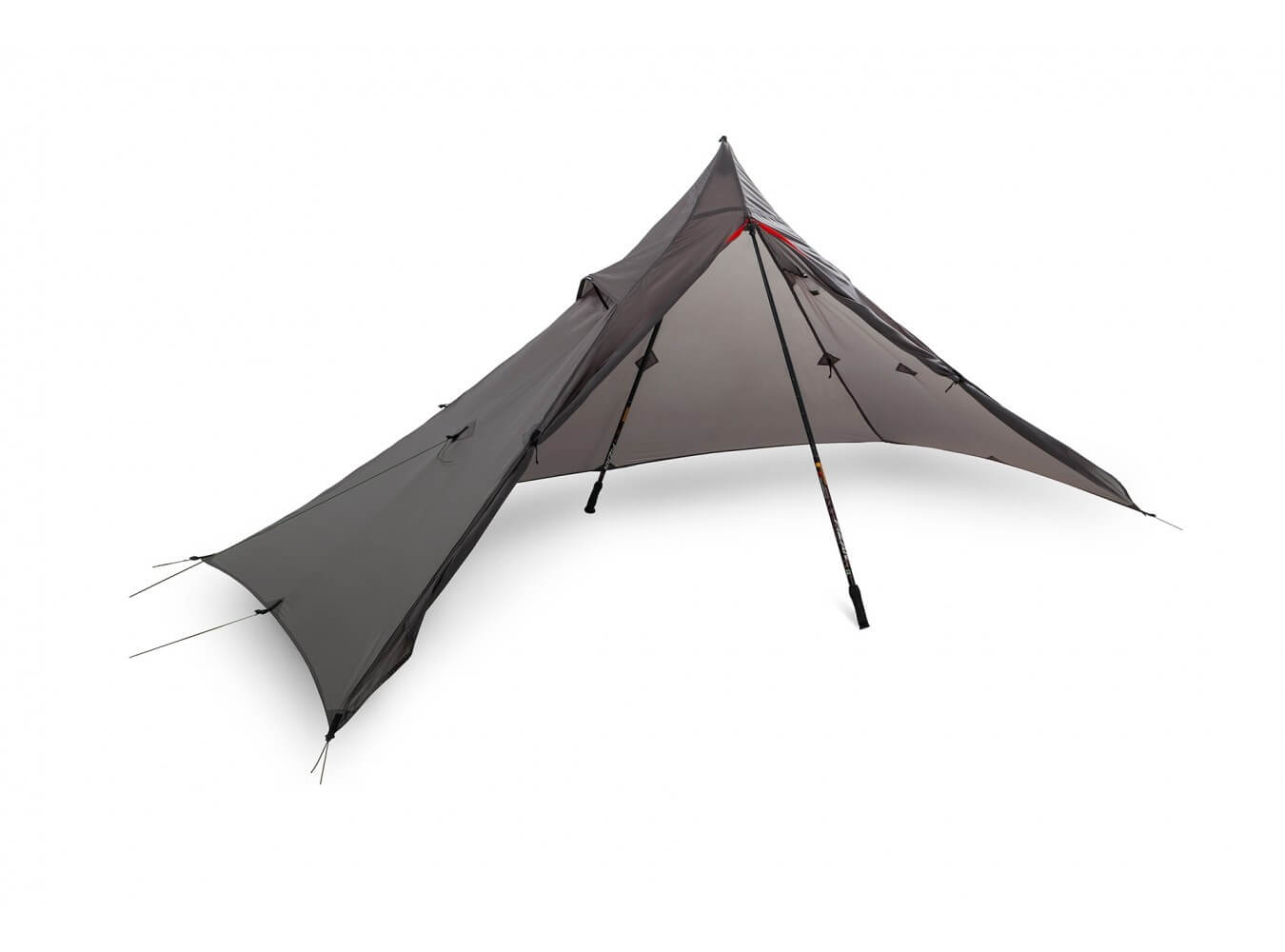
How to choose: 5 tips to choose a lightweight shelter wisely
Introduction
Even though it is a lightweight shelter with a wide variety of materials and structures and unique characteristics, the basic concept of outdoor tents is no different from that of a typical mountain tent. What I'm writing about now is taking into account general knowledge about these tents and narrowing it down to the things I need to know about lightweight shelters. For basic knowledge and how to choose a tent in general, we have compiled a summary of the article I previously wrote about mountain climbing tents, so please refer to that article as well if necessary.
Related Articles
Point 1: Structure - Understanding the types of lightweight shelters -
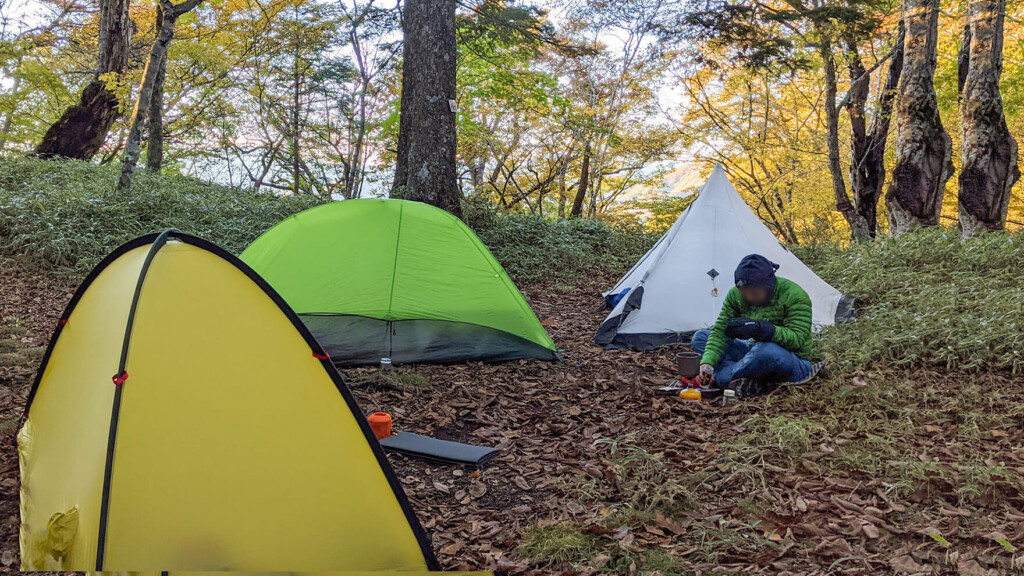
The path to finding a suitable one for you begins with knowing the "type" of a lightweight shelter. Lightweight tents and shelters are not just about making the material lighter. By considering various ways to reduce weight depending on the purpose, activity, and field used, and reviewing the structure itself, we have achieved lightness in a variety of ways. First, let's consider the various types of lightweight shelters that have been created as a result of this, and their respective strengths, weaknesses, and suitable scenes.
Non-independent, single-wall type
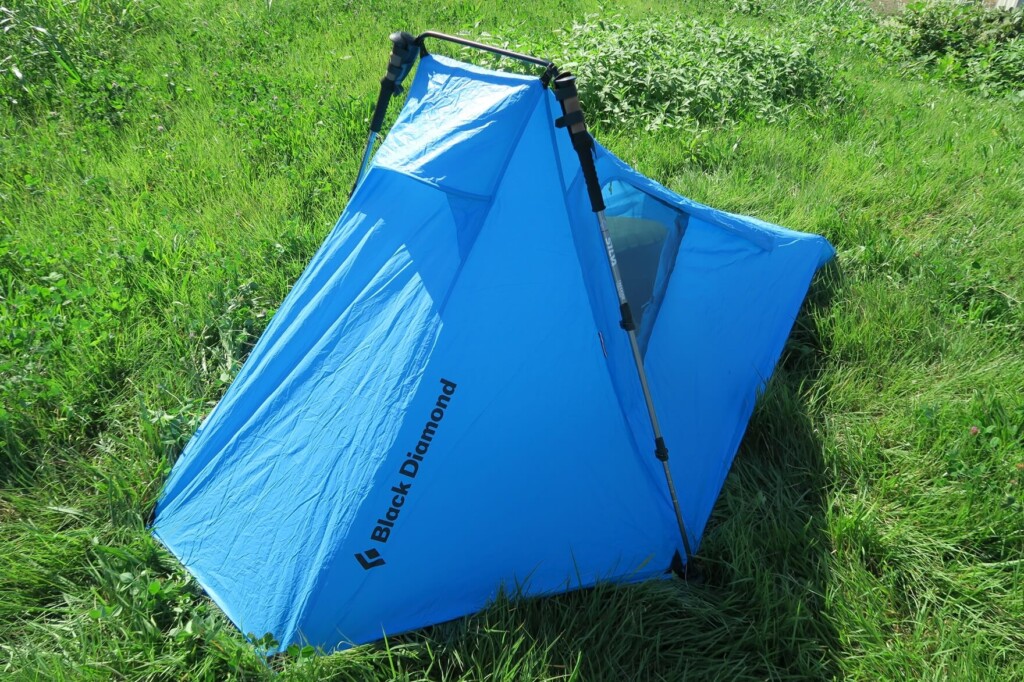
First, we will introduce the types of lightweight shelters that are particularly well-balanced and easy to use (easy to use) that are easy to move from traditional mountain tents.
The non-independent, single-wall type is a type of shelter that pegs down around a tent made up of one layer of walls, floors, and supports the poles and raises the walls into a three-dimensional shelter by applying tension.
By simply lining up the walls, these shelters can weigh much lighter than double-wall tents with separate walls for fly and inner, and in many cases, the tent posts are replaced with adjustable length trekking poles, resulting in dramatic lightweight and compact luggage.
Furthermore, by using high-performance materials that are light yet durable, the basic structure is similar to that of a traditional mountain tent and is reasonably weather-resistant, and the floor is also laid out, so some protection and comfort are ensured.
However, ventilation and condensation can be a major issue, so caution is required in humid environments and cold seasons, and if you choose this type, you will need to consider a model that provides proper ventilation measures.
Freestanding single wall type
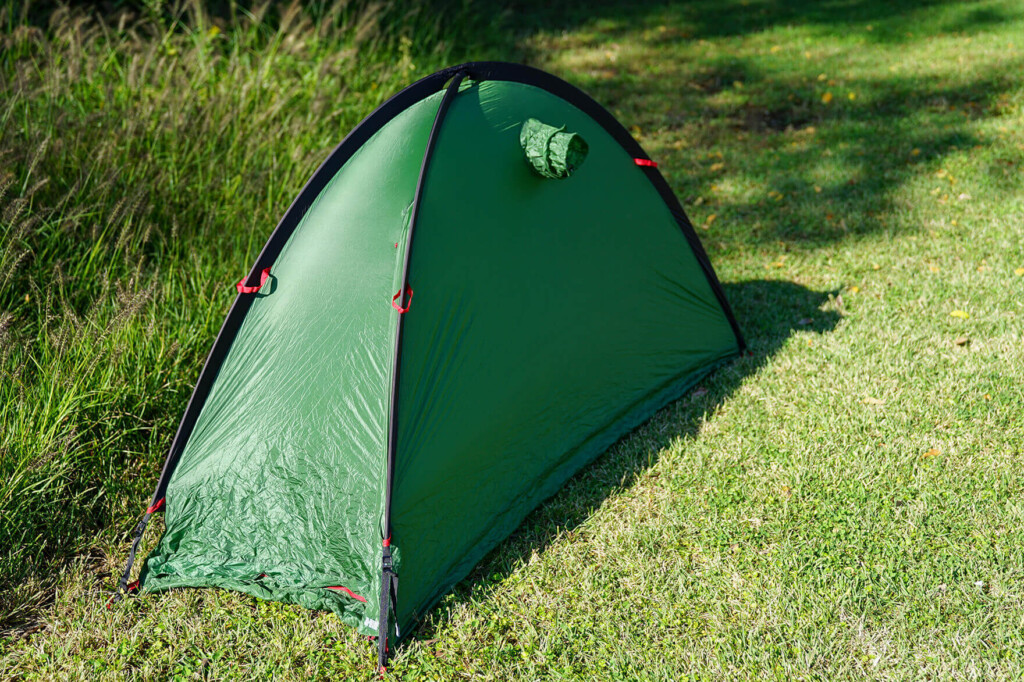
Another type that Japanese people will find easy to familiar with the freestanding single wall type . This is also made of one layer of lightweight, high-performance material and has a flooring, making it the same as the above type, but the difference is that it uses special support poles to make the tent stand independently . In other words, if you just stand it up, there's no need to even peg down. However, if you do that, you won't be able to complain if it blows you by the wind, so you'll need to make a minimum of peg down.
In mountains in Japan, there are many difficult environments to set up, such as hard rocks that do not allow pegs to penetrate, and narrow tenement areas where no guilt lines can be found, so the self-supporting type, which is easy to set up, gives the sense of security that the non-supporting type does not have.
However, in terms of weight reduction, the poles cannot be omitted, so it is not possible to expect bold lightness or large living space.
Floorless type (pyramid shelter)
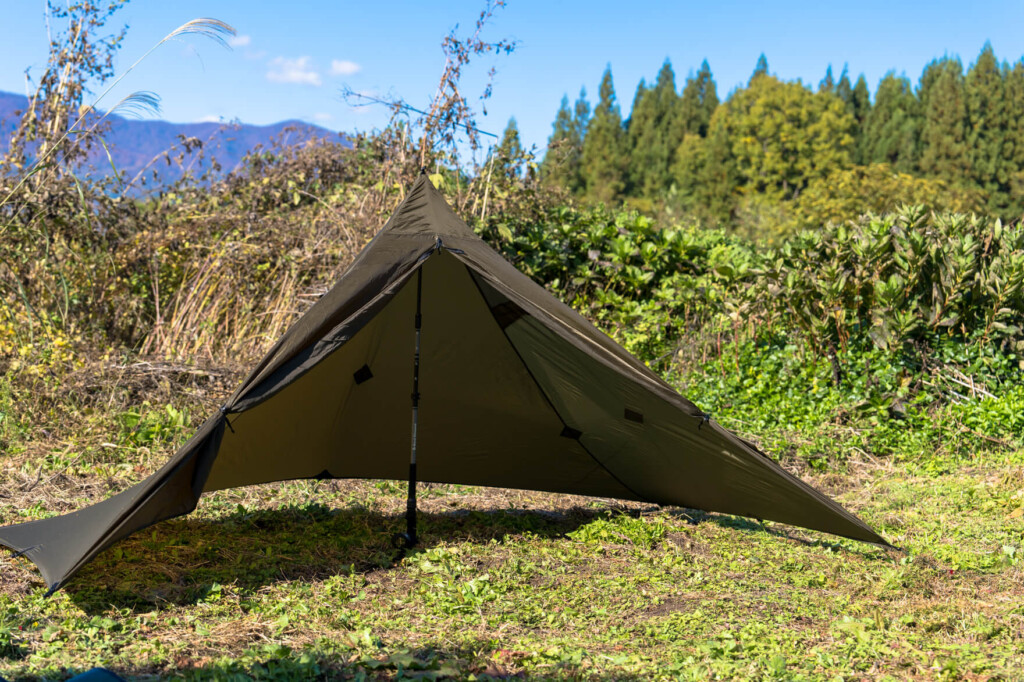
From this point onwards, it will be difficult for those who are used to ordinary tents, but this type has been further improved in weight reduction from the two types mentioned above. The image can be thought of as a type that omits non-independent, single-wall type floors. At this point, it's more like a tarp or roof than a tent.
The mechanism is similarly based on a trekking pole at the top of a single layer of waterproof fabric, peg down and tension to support the pole. As you can imagine, it is the highest sharpness of the weight reduction, and if compressed, you can get a house with just one piece of cloth that can be worn just like a fist. This type does not have to worry about the weight that increases when the two of you sleep wide enough, so the advantage of this type is that you can achieve both weight loss and wider livability at the same time. Many people find it comfortable once they get used to it, such as not having to put on and take off their shoes to enter the tent. It is also not impossible to set up a comfortable base camp by digging out snow from the floor to create kitchens, chairs, etc. during the snowy season.
However, you must be prepared for the comfort of the ground to be significantly different. If the bumps are severe, the ground is muddy due to rain, or the path of accumulated rainwater passing through, you won't be able to sleep. Also, it is not possible to prevent wind blowing through the gap between the ground and the curtain, or cold air transmitted from the ground, so you need to be more careful about protecting the cold.
These shelters often have a "modular" style that allows you to add insect repellent meshes and floors to options, so it's great that they have this customizability.
Zelt type
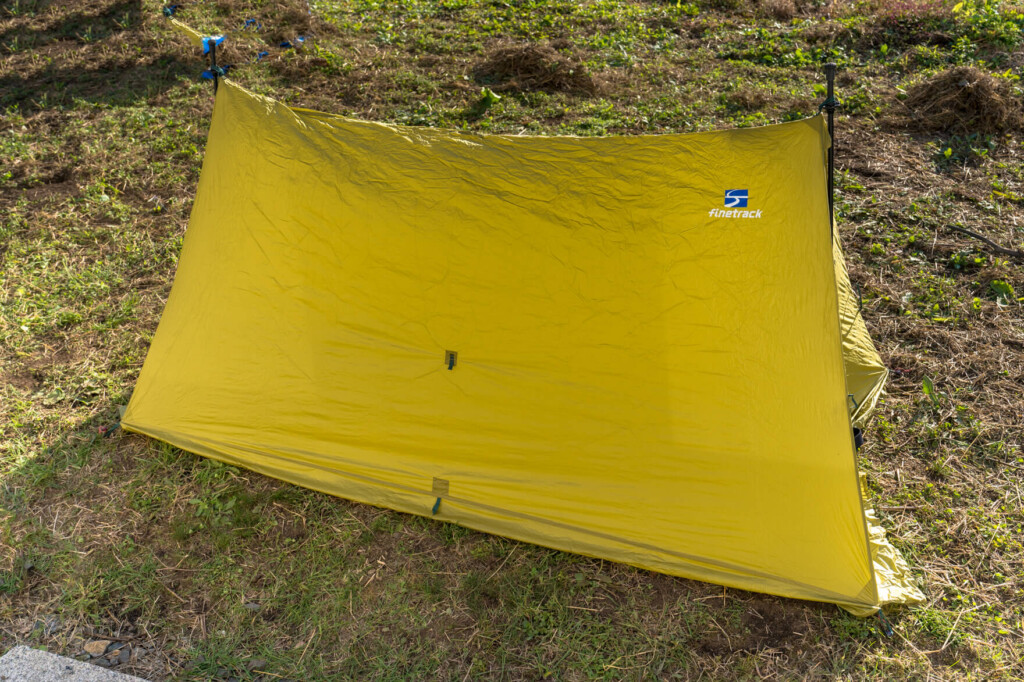
Zelt is originally an abbreviation for "Zeltsack," which is the German word for "tent" in English, but in Japan it has a history as a unique emergency shelter that is unique to Japan, created in case of an accident that occurs when climbing a mountain.
The feature is that it is extremely small and lightweight, as it is an item that is carried for emergency purposes. Ultralight's hiking style has actively reconsidered this feature and is now being used as a comfortable shelter by making use of its lightness. For example, it can be raised with trekking poles, ventilators on both sides can be tied to a standing tree or leaned onto a standing ventilator, or lie sideways to use as a tarp with an open mouth, as a sheet to cover the entrance to a snow cave, or simply wrapped around it, and is made to be extremely versatile so that it can be flexible in various emergencies.
However, for this purpose, no matter how solid the setting is, there are limits to comfort and robustness.
(Reference) Tarp
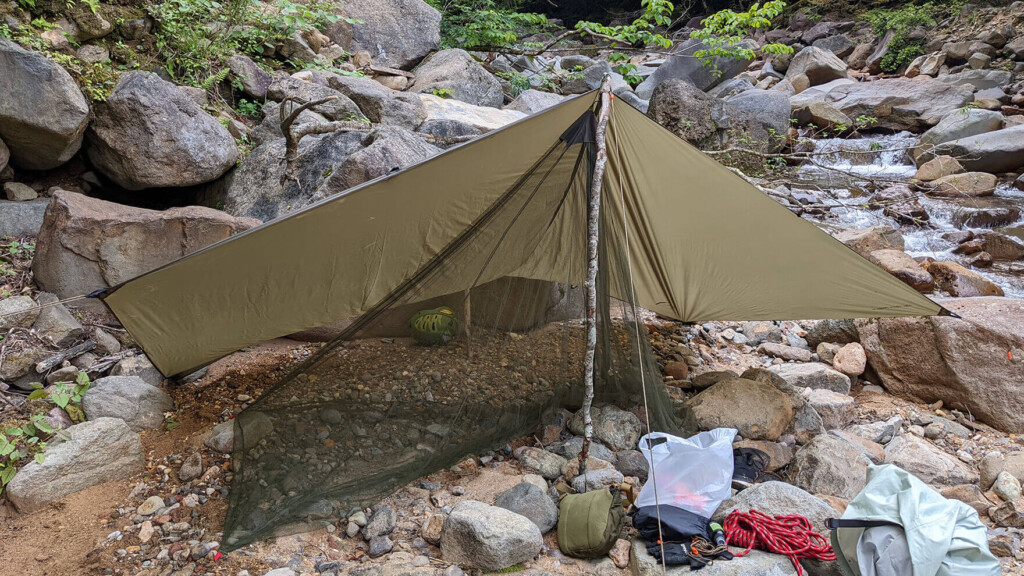
The flat tarps that are often seen at camping are also a good option for experienced hikers, as they can be simplified and with ingenuity, ensuring the weather resistance you need. Some experts are the ones who use tarp all year round.
| kinds | Zelt type | Floorless type | Freestanding single wall type | Non-independent, single-wall type | Double wall type (general mountain tent) |
|---|---|---|---|---|---|
| weight | ★★★★★ | ★★★★ | ★★ | ★★★ | ★ |
| Climate | ★★ | ★★★★ | ★★★★ | ★★★★ | ★★★★★ |
| Cold protection | ★★ | ★★★ | ★★★★ | ★★★★ | ★★★★★ |
| Living comfort | ★★★ | ★★★★ | ★★★ | ★★★★ | ★★★★★ |
| Ease of setup | ★★★ | ★★★★ | ★★★★ | ★★★ | ★★★ |
| Strength to condensation | ★★★ | ★★★★ | ★★ | ★★★ | ★★★★ |
| Strong Points |
|
|
|
|
|
| Cons |
|
|
|
|
|
| Suitable scenes and styles |
|
|
|
|
|
Point 2: Size: Benefits of using two people solo
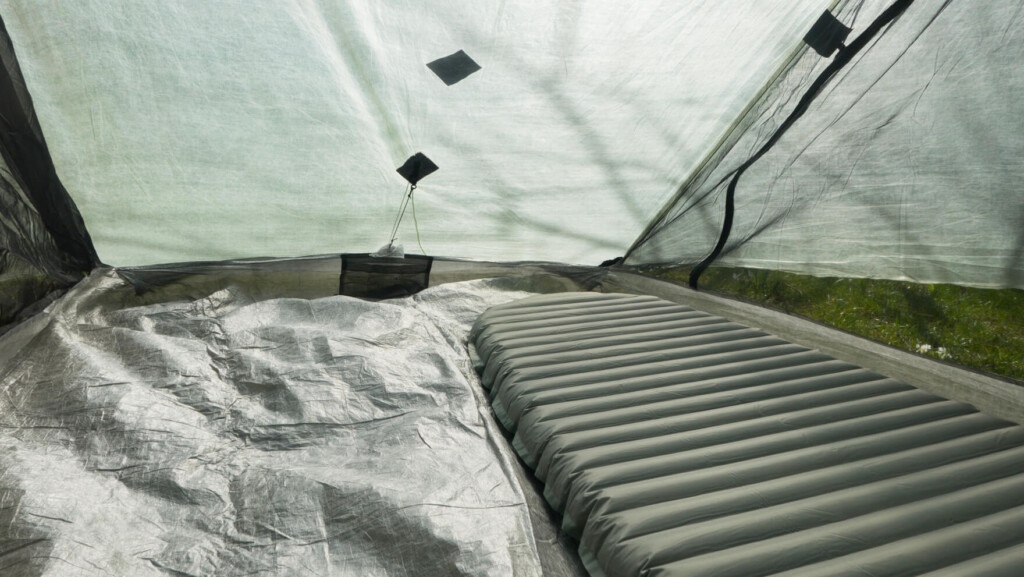
If you live alone for a two-person size, you can still have plenty of space even if you place an L-sized mattress.
In the world of lightweight shelters, it's not entirely unnatural to have solo hikers using a two-person shelter.
One reason for this is that in the world of lightweight shelters, where a wide variety of models from unique and quirky manufacturers are packed with unique and quirky manufacturers, unlike mountain tents made for a wide range of users, the size of tents varies considerably depending on the manufacturer and model.
Another reason is that in the case of lightweight shelters, the only component is "fabric," so if you increase the size from one person to two people, the weight increases by a few dozen grams, and instead the sleeping space becomes significantly wider and there are two entrances and exits, making it more convenient, the advantage of using two people outweighing the disadvantages of increasing weight.
Of course, there are models that are pursuing the lightest possible size, or even for single-person tents, so in such cases a single-person tent is sufficient. Similarly, even if you are planning to use it for two people, it is a good option to use a shelter for three people, so you won't be able to regret it after buying it, thinking, "Is it this cramped?!"
Point 3: Weight - Think about its weight per width
For this review, we investigated over 200 models of currently available tents (size for solos to two people) and found that the weight of a lightweight tent/shelter for solos to two people ranges from approximately 100 grams to 1 kilogram, with a median value of around 500 grams. Considering that a typical mountain tent is around 1 to 2.5 kilograms, you can imagine how light a lightweight shelter might be.
However, caution is required to consider whether each of these lightweight shelters is truly "light." No matter how light the specs are, if it is more cramped than you think or lacks protection, it cannot be considered light enough to be meaningful to you. To do this, it is effective to simply compare the weight of the tent, rather than simply comparing it. By comparing how much weight the shelter required to ensure a square meter of space, we can compare the weight of tents of different sizes and materials in a relatively fair way.
For example, in this survey, the floorless non-independent shelter (LOCUS GEAR Hapi DCF-B) weighs 71.4 (g/m2) per unit area, while the heaviest class was 1,200 (g/m2) for the tent (HILLEBERG Souro), which is particularly robust among freestanding double-wall tents. There is a difference of about 16 times depending on the tent. Of course, this will change not only the size but also the quality of the material, so it is not entirely different to the smallest value. However, if you have the durability you need, we recommend remembering this because you can compare the actual weight of the tent by comparing these values.
Point 4: Materials and fabrics that are perfect for your tent
Lightweight shelters are both light and strong, so most models use high-performance fabrics that are expensive, but "thin and strong." Furthermore, there are factors unique to tents, such as "the fabric is less likely to saggle even when wet" and "it deteriorates over time." In response to these demands, we will introduce four main fabrics and materials used in many lightweight shelters.
Polyurethane coated ripstop nylon
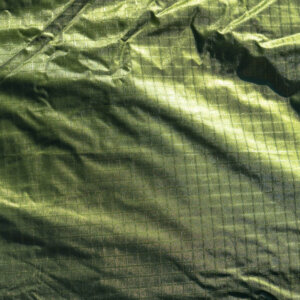 This ripstop nylon fabric is the cheapest material that has traditionally been used as a tent material for a long time. It has decent water resistance and durability, and is generally of excellent strength. However, compared to cutting-edge fabrics such as DCF, Silnylon, and Silpoly, which will be described later, it cannot be said to be a higher strength and weight ratio, and is a relatively "heavy" material. It also has weaknesses such as keeping the fabric in rain or other conditions prone to stretching and sagging, being easily damaged by UV rays, and being easily hydrolyzed due to aging.
This ripstop nylon fabric is the cheapest material that has traditionally been used as a tent material for a long time. It has decent water resistance and durability, and is generally of excellent strength. However, compared to cutting-edge fabrics such as DCF, Silnylon, and Silpoly, which will be described later, it cannot be said to be a higher strength and weight ratio, and is a relatively "heavy" material. It also has weaknesses such as keeping the fabric in rain or other conditions prone to stretching and sagging, being easily damaged by UV rays, and being easily hydrolyzed due to aging.
Silnylon
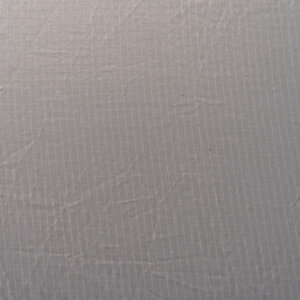 Sil nylon is an inexpensive, lightweight ripstop nylon impregnated with silicone for improved water resistance and strength. They are made of various thicknesses, and ultra-lightweight models use thin fabrics of around 10 deniers, but in this case, they sacrifice durability and must consider footprints to be essential, so it is generally made from around 20 to 40 deniers. This fabric is not as strong as DCF, which we will explain later, but it is also superior to plain fabric and water resistant. However, when the fabric gets wet, the moisture-retaining fabric tends to saggle, so you need to be careful about how well the tent is. It is also not UV resistant. However, since it is relatively inexpensive in terms of cost, using this fabric allows you to create a cost-effective shelter.
Sil nylon is an inexpensive, lightweight ripstop nylon impregnated with silicone for improved water resistance and strength. They are made of various thicknesses, and ultra-lightweight models use thin fabrics of around 10 deniers, but in this case, they sacrifice durability and must consider footprints to be essential, so it is generally made from around 20 to 40 deniers. This fabric is not as strong as DCF, which we will explain later, but it is also superior to plain fabric and water resistant. However, when the fabric gets wet, the moisture-retaining fabric tends to saggle, so you need to be careful about how well the tent is. It is also not UV resistant. However, since it is relatively inexpensive in terms of cost, using this fabric allows you to create a cost-effective shelter.
Silpoli
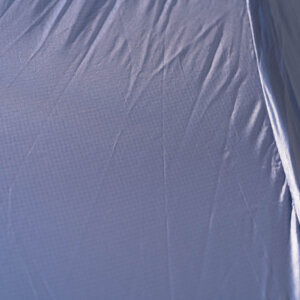 The sil nylon mentioned earlier is made by impregnating silicon into nylon fabric, but when impregnating silicon into polyester fabric, it becomes "silpoly". The exterior makes them the same distinctive distinction from nylon, and it can be considered that their characteristics are almost the same as the difference between nylon and polyester. Tents made of silpoly are basically light and durable, and are UV resistant, and are hydrophobic, so they are hard to absorb water, don't grow very well even when wet in the rain, and are not very expensive, so they have been attracting particular attention in recent years as tent materials.
The sil nylon mentioned earlier is made by impregnating silicon into nylon fabric, but when impregnating silicon into polyester fabric, it becomes "silpoly". The exterior makes them the same distinctive distinction from nylon, and it can be considered that their characteristics are almost the same as the difference between nylon and polyester. Tents made of silpoly are basically light and durable, and are UV resistant, and are hydrophobic, so they are hard to absorb water, don't grow very well even when wet in the rain, and are not very expensive, so they have been attracting particular attention in recent years as tent materials.
In addition, there are models that use "SIL/PU coating" fabrics with silicon coating on the front and PU coating on the back. The appeal of this fabric balances the advantages of both coatings, with silicone on the surface providing high water repellency, and PU coating on the back allows seam tape to be applied to the seams, making it an easier-to-use tent.
Dyneema Composite Fabric (DCF, also known as Cuven Fiber)
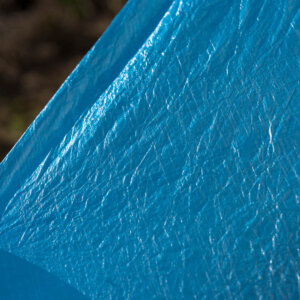 Dynema®, an ultra-high molecular weight polyethylene fiber, boasts strength that is said to be 15 times stronger than steel, and is 30% lighter than nylon and polyester and 45% lighter than aramid. DCF is a film-like fabric made by laminated with UV resin, and is also known as the "strongest fabric in the world." This makes it extremely lightweight, yet has abrasion resistance, is less likely to sagg when wet like nylon, is UV resistant, and is also almost 100% waterproof, making it excellent as a material for tents and tarps. However, despite its lightness, it cannot be compressed as much as you would expect, so it is not very compact.
Dynema®, an ultra-high molecular weight polyethylene fiber, boasts strength that is said to be 15 times stronger than steel, and is 30% lighter than nylon and polyester and 45% lighter than aramid. DCF is a film-like fabric made by laminated with UV resin, and is also known as the "strongest fabric in the world." This makes it extremely lightweight, yet has abrasion resistance, is less likely to sagg when wet like nylon, is UV resistant, and is also almost 100% waterproof, making it excellent as a material for tents and tarps. However, despite its lightness, it cannot be compressed as much as you would expect, so it is not very compact.
The quality of the fabrics actually used in each model of each manufacturer varies greatly depending on the manufacturer and specifications, so it is not generally possible to say that which model is the best fabric. A recent trend seems to be that popular fabric trends are beginning to shift from silnylon to silpoly.
Point 5: Small points to keep in mind when using lightweight tents and shelters
Things to note when using a trekking pole as a support pole
Many types of lightweight shelters have no posts, and are designed to use trekking poles of appropriate lengths as support poles when setting up. It's fine as long as you have a pole of just the right length, but in experience, some tents require certain conditions, such as length. If you come to the tent site without realizing it, it will be a no-love situation, so be careful about that.
It's not the right length
Models with fixed lengths, such as race poles, cannot be adjusted to the right length for the shelter. If you are planning to use poles in a lightweight shelter, make sure you have an adjustable trekking pole rather than a fixed length.
Not enough length
I mainly have poles that can be adjusted to 125cm in size, and one day I bought a lightweight shelter made overseas and there was a tent that required poles that were "52 inches (132 cm)" long. This type of case is rare, but when choosing a tent with a pole as a support, be sure to check the optimum length of the pole you will be using just in case.
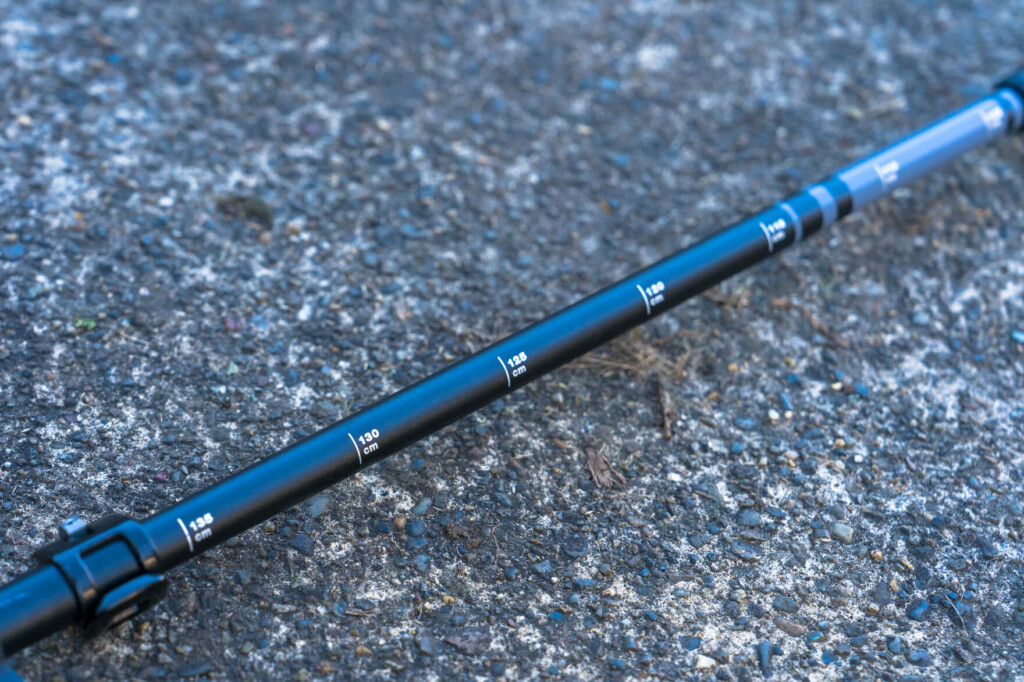
Not short enough
This may also be a rare case, but there was a tent used for the support, with one of the two poles being 125cm tall and the other being 60cm tall. In this case, 60cm is roughly the length when the telescope pole is stored, and in the case of folding poles, it is about 40cm when folded, so it does not reach 60cm. As these lightweight shelters have a wide variety of unique tents that are designed to be made with a wide range of ingenuity, make sure you check that not only the longest size but also the shortest size fits.
Pegs and Guylines
Pegs and Guylines are almost essential to safely set up a lightweight shelter, but lightweight tents and shelters do not always come with a sufficient number of Guyline pegs (in some cases, they may be sold separately). At that time, you will need to purchase each one separately, but first of all, some cheap models are only intended to be set up on the grass around them, and this is a peg that does not stick well into the ground on uneven terrain in the backcountry, and will bend quickly if you drive it hard.
On the other hand, high-quality tent pegs come in a variety of shapes, sizes and weights, but among these, light and durable pegs made of titanium are popular among hikers who are concerned about grams, but there are models that are light enough to make them even aluminum, and are strong enough to not bother you, so titanium is not the only one that's best. Personally, shape is more important, and depending on the shape of the pegs, there are ground they are good at and ground they are not good at. Below are the characteristics of each typical type:
Y (or cross)
It provides excellent retention on all-round terrain, is durable and does not bending. As a result, it is unlikely to be the lightest.
V-shaped
This type provides excellent retention on soft ground such as grasslands, sandy areas, and snow. However, be careful as it can easily bend if you drive hard into hard ground or rocks.
Hook/nail type
This type is extremely lightweight compared to the Y/V shape. It is thin, so it is easy to get stuck on hard ground with rocks. On the other hand, if the diameter is thin, the holding force is weak and it is likely to bend.
Ideally, the above would be to have one that is tailored to the ground at the planned tent site, but if you can't do that, it is recommended to mix the main pegs and another type in advance, as it will be easier to flexibly accommodate any terrain.

Examples of peg types. From the right, there are V-shaped, Y-shaped, nails, and hook-shaped ones.
Guylines may come with your tent, but they are often only included at a minimum, so it is important to have an extra yourself to build them more robustly. They are also useful when increasing the length and wrapping the gigline around a rock, such as when the pegs don't stick. You can cut the additional guy lines in advance, but you could also carry around a thin nylon or dyneema strip of about 10m thick, 2mm thick, or paracord, and in the unlikely event that you would need to cut the length on the spot.
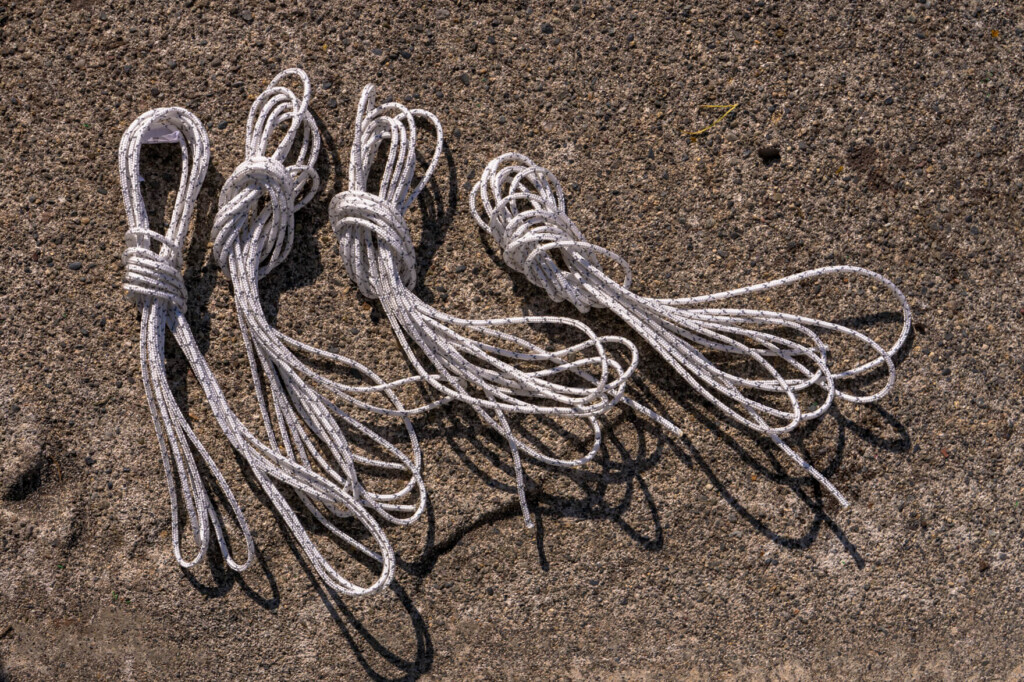
Footprint
A footprint is a sheet that is about the same size as a tent floor, and is laid under the tent to protect the floor from pebbles, water, etc. (photo below). In a typical mountain tent, the material on the bottom is thick, so it's not necessary that much, but in a lightweight shelter, the floor fabric is also quite thin, so if you ask whether you personally need it or not, it's a must-have part. If you don't have a footprint, there's no excuse to drill a hole in the bottom of your tent.
In addition, light tents usually have footprints sold separately and you will need to prepare them yourself. In some cases, the manufacturer offers it as an original option, but it's not very efficient to have as many footprints as there are tents. It's not a very complicated tool, so it's a good idea to make your own here since you're going to have it. Lower and lighter options include fabrics such as soft Tyvek, a protective sheet called Agriculture, which is sold at local home improvement stores, and Polycryo, a popular American UL community (hard to find in Japan?), and you can cut it to your favorite size to create an ultra-lightweight ground sheet. Many hikers in Japan and the United States try and upload it online so you won't be confused.
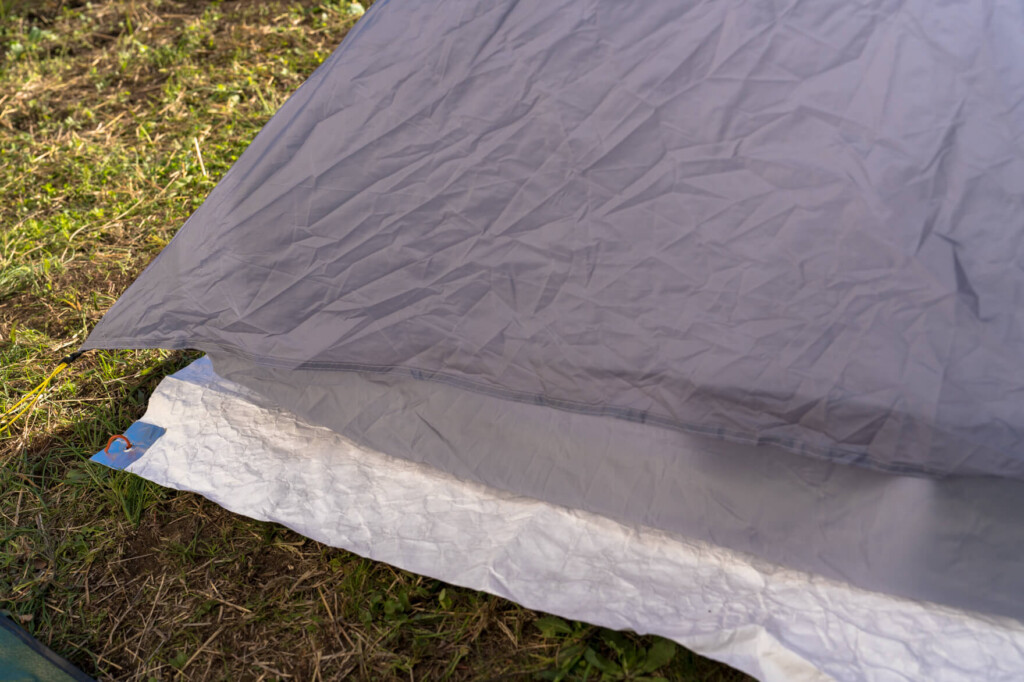
Tyvek is generally used in building materials and chemical protective clothing, so it is relatively easy to obtain. If you cut it yourself, you can easily make your own footprint.
Condensation and ventilation
This condensation problem is a problem with most lightweight shelters.
Condensation is the phenomenon in which the inside of the tent cools down as the temperature drops at night, causing water vapor contained in the atmosphere to become saturated, and water droplets adhere to the inner wall of the tent. It is the same as water droplets on the inside of the glass window in the room in the winter or on the outside of a beer glass that gets cold in the summer.
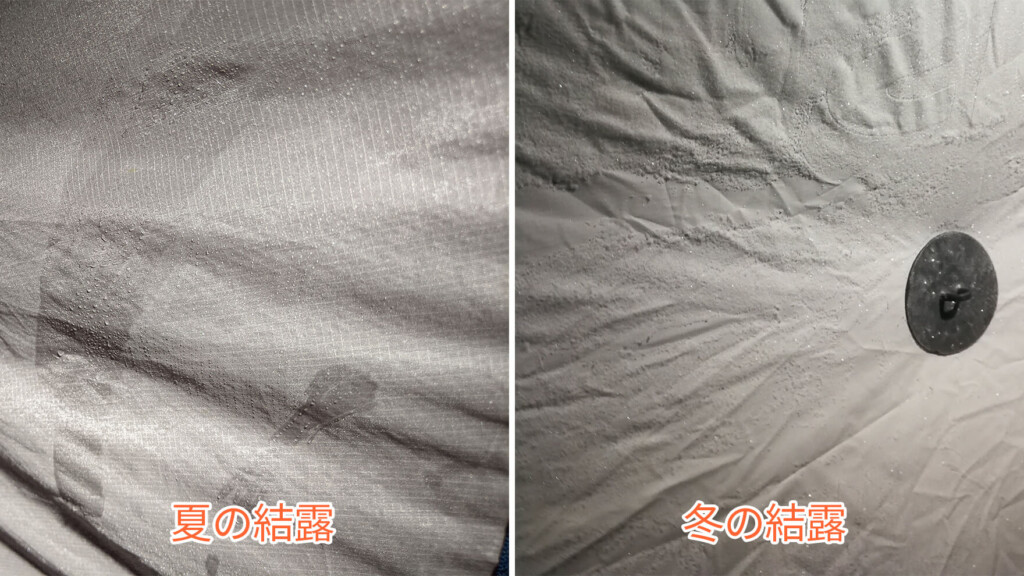
To prevent condensation, choose a tent that is as breathable as possible, and set up the tent so that the wind can pass through as much as possible, taking into consideration the wind direction. In that sense, tarps and floorless shelters are structures that are relatively less likely to produce condensation, while sealed single-wall shelters are considered to be the structures that are most likely to cause condensation. However, in any case, this is inevitable in situations where temperature and humidity differences are likely to occur both inside and outside.
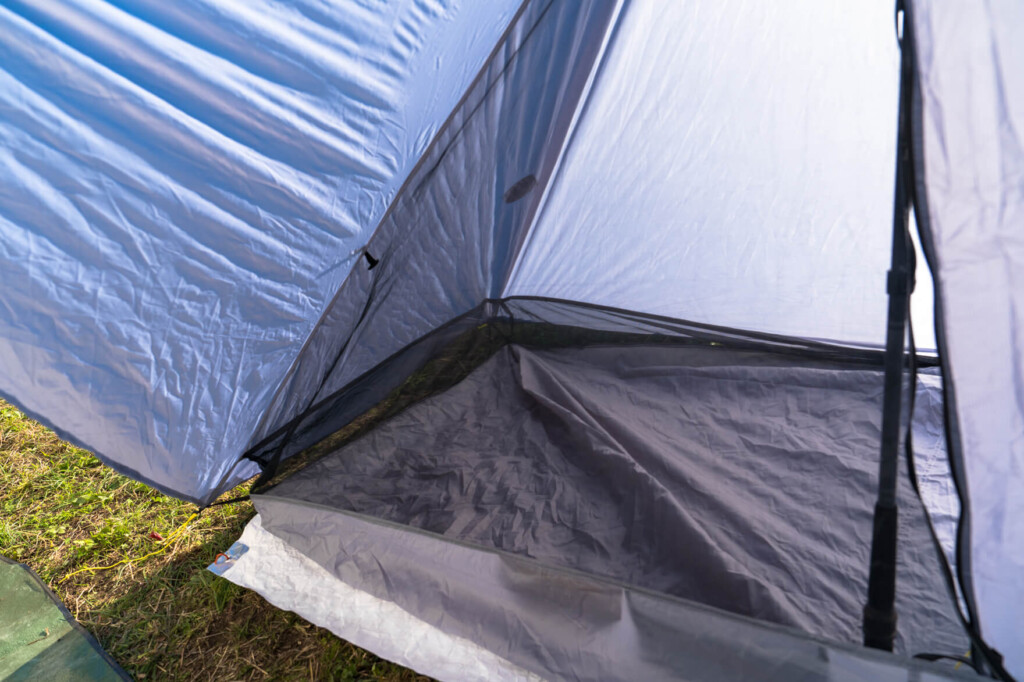
In the case of double-wall tents that are common in typical mountain tents, the condensation occurs on the rain fly side rather than the inner tent, making it less likely to cause harm, but in the case of single-walls that are common in lightweight shelters, condensed water droplets fall on the sleeping bag or on the head, making them more likely to be directly affected.
If you are concerned about condensation, you need to keep a towel on hand and frequently wipe off the inner walls, but you won't die if you give up on the price you have to pay to reduce the weight of your gear.
summary
Lightweight shelters are not only priced, but also the impact of failure, so I think it's one of the most difficult items for mountain tools, so I hope this article will be of some help. However, even if you make up your mind and buy it, it naturally takes a lot of courage to use it in the actual event from the beginning. In such cases, it's best to try it out overnight in warm weather below. Once you get used to it, you'll be satisfied with the great effect of not having anything that will make your luggage this light and small. Once you take this big step, you'll see a new world of mountain walking awaiting you, where you can enjoy the mountains in your own style, without being particular about existing tools or walking methods.


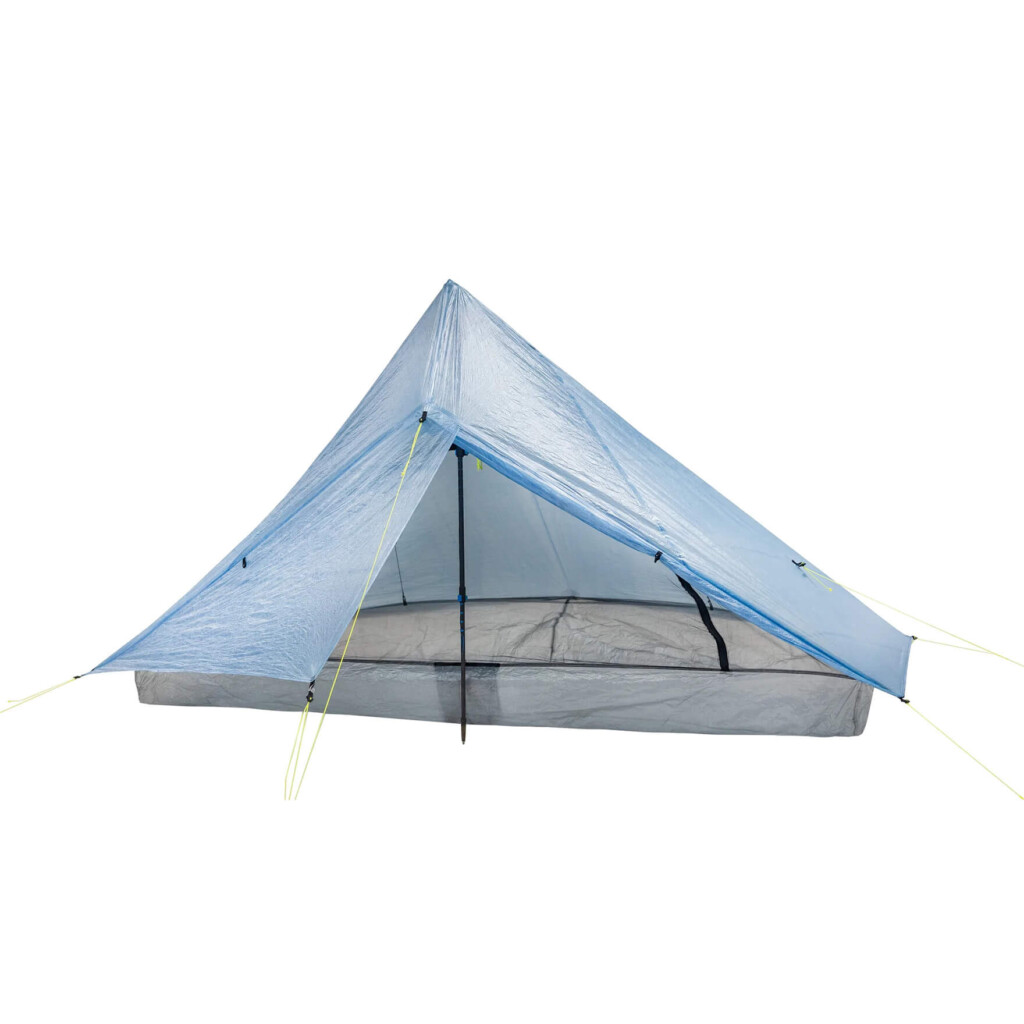
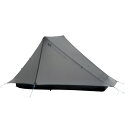

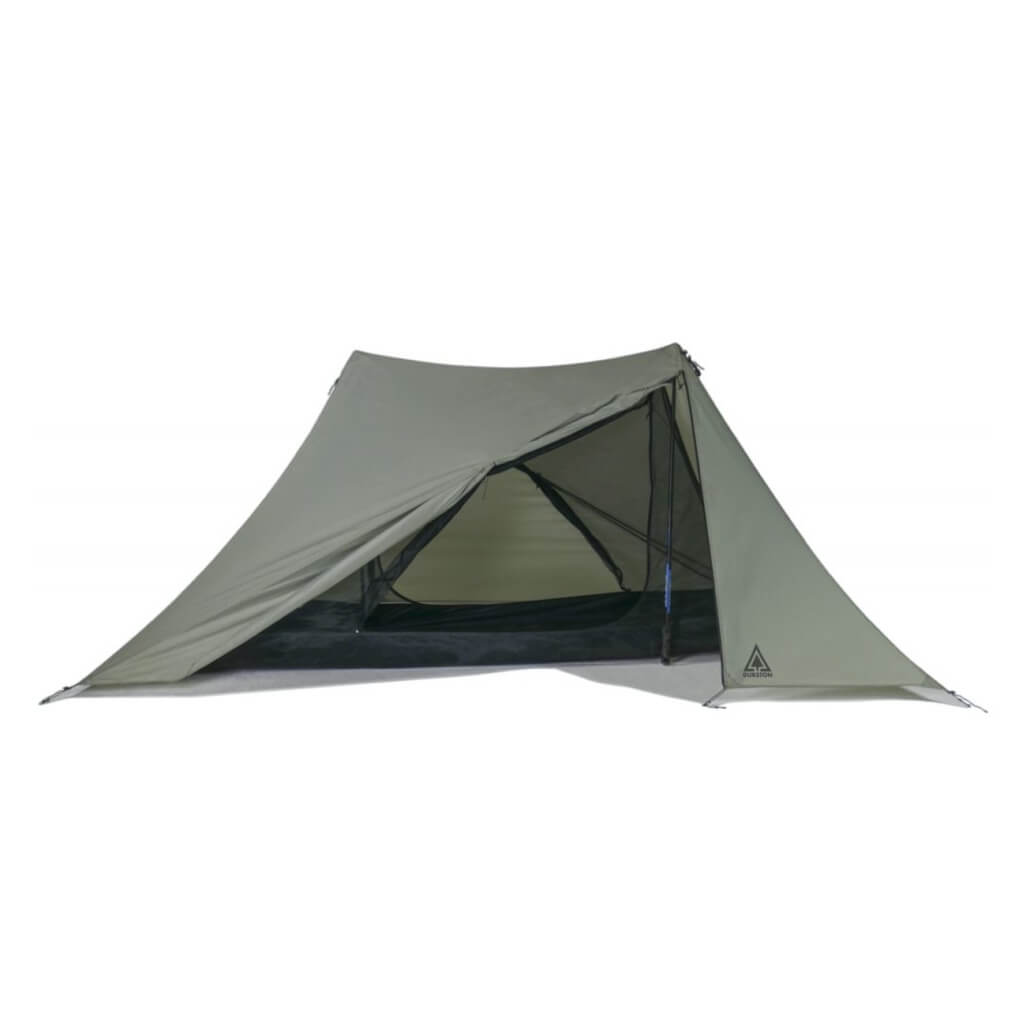

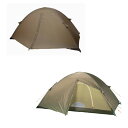
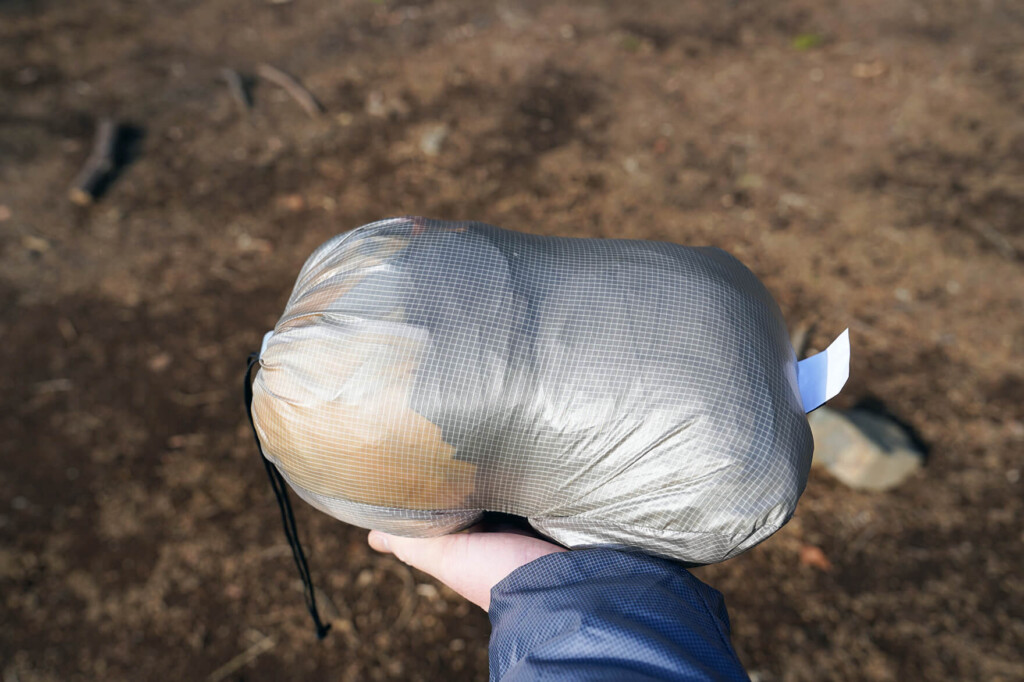
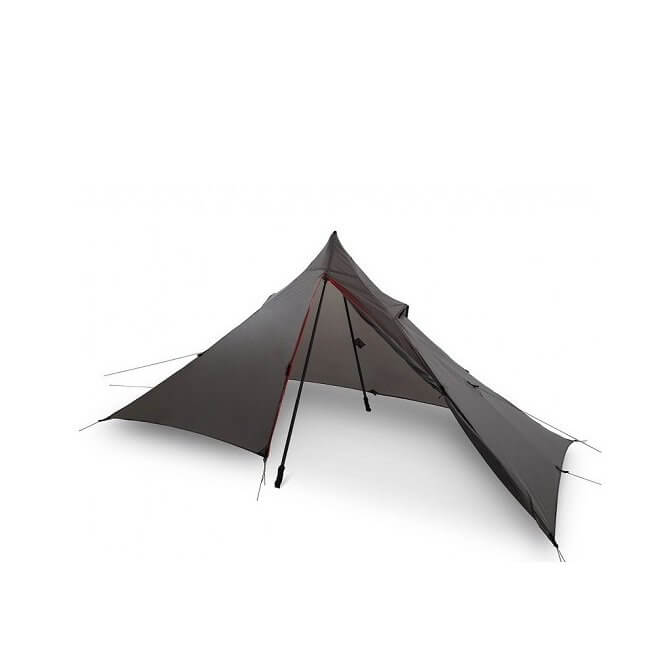
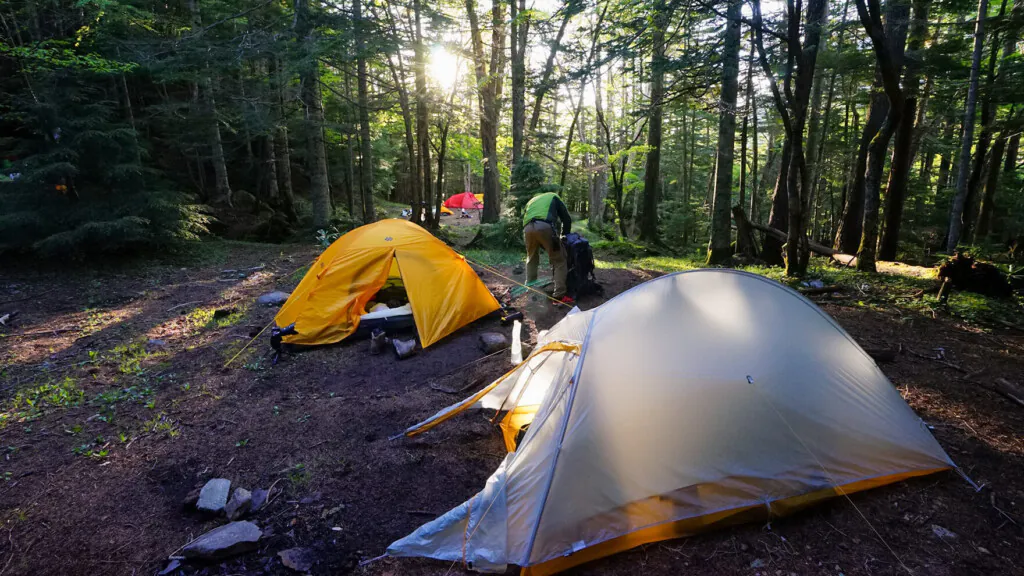 [2023 Edition] Recommended tents for mountain lovers with over 100 days of tents per year, and how to choose tents for climbing without regrets.
[2023 Edition] Recommended tents for mountain lovers with over 100 days of tents per year, and how to choose tents for climbing without regrets.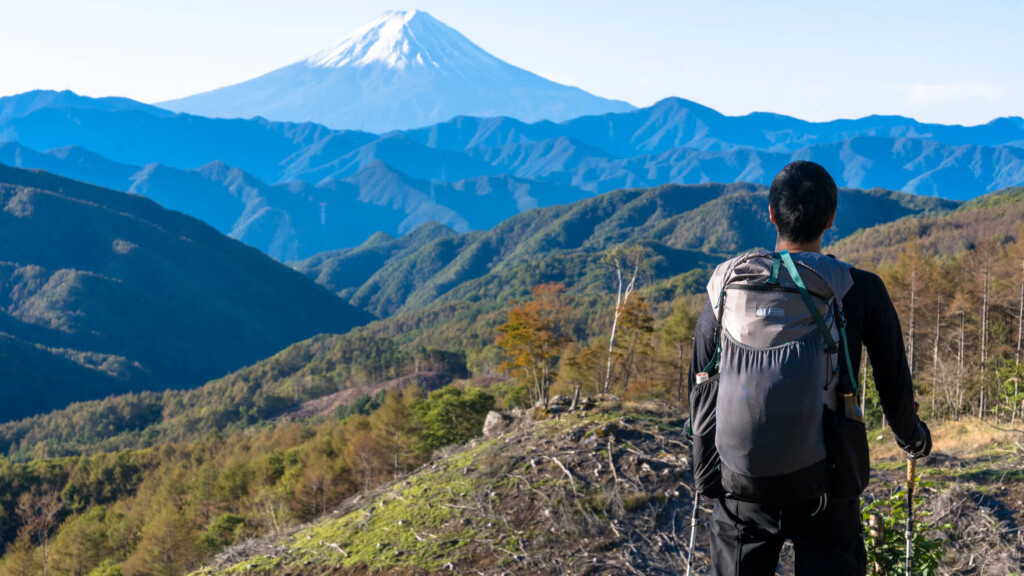 The best ultralight backpack model for those who want to enjoy the mountains freely, and tips for choosing one that won't regret
The best ultralight backpack model for those who want to enjoy the mountains freely, and tips for choosing one that won't regret "Nemo and everyone will start a tent hike" About camping items that can be experienced at the tent hike event in May
"Nemo and everyone will start a tent hike" About camping items that can be experienced at the tent hike event in May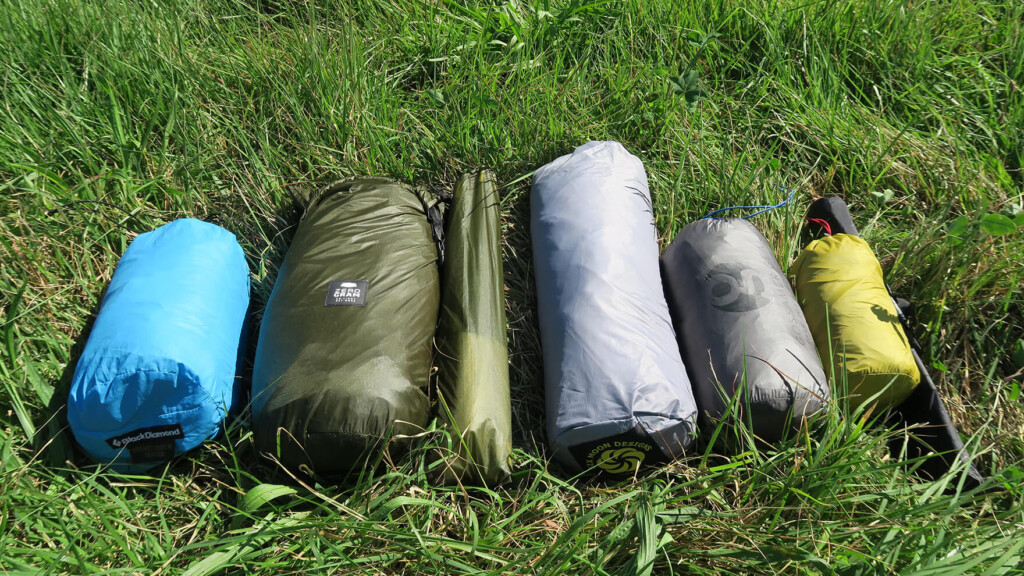 [A comparison review with no consideration] This is the place to go for fast packing overnight. We've put together a selection of popular models of lightweight tents and shelters that focus on mobility.
[A comparison review with no consideration] This is the place to go for fast packing overnight. We've put together a selection of popular models of lightweight tents and shelters that focus on mobility.